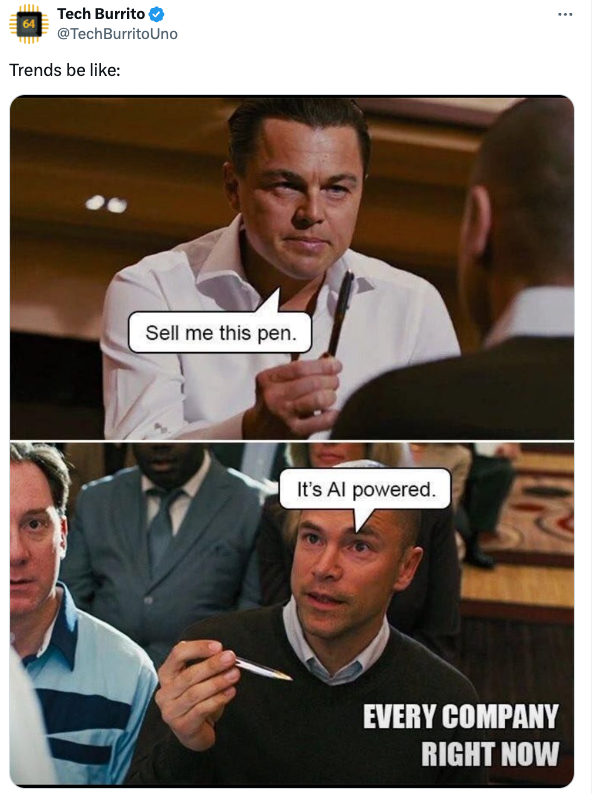I’m pretty sure I lost a new project last week. I was talking to a potential client about providing AI + Marketing training and was probing around her goals. Specifically, what do we want participants to do (and not do) after taking the course? This led to a good discussion about the importance of guidelines, and the fact that they were not yet defined in her company. We agreed to put the corporate training on hold until this was more thoroughly explored. Here's a framework I sent her that outlines the types of topics she could begin discussing with her team about AI marketing guidelines.
This was a good reminder that corporate training is a critical part of change management. And if we’re not clear on what needs to change, we can’t be clear on what to teach. This is especially true for AI training, as participants often leave training sessions enthusiastic to find use cases and try tools that will help them out. It’s important to take time up front to determine how to best channel this enthusiasm.
AI + Risk Management
Risk mitigation is a critical aspect of any AI guidelines discussion. But what risk, exactly? Here’s a useful tool from MIT – the AI Risk Repository – that organizes a database of risks and policy frameworks. Publicis Sapient also has a useful playbook that outlines how to mitigate risks and improve the chances of success for generative AI pilot projects – which is helpful given that Gartner predicts that 30% of all AI projects will be abandoned after a pilot stage. The term AI means different things to different people, so the more precise our definitions of risk, the better.
AI a Turnoff?
Interested in AI in your newsletter? I hope so. What about AI in your coffee maker? Maybe not. A new study showed that promoting AI as part of a product description reduces intention to buy due to questions about privacy…and likely other questions like whether AI can make better coffee. It’s a good reminder for marketers that the overuse of the term is confusing people, or worse: boring them.
AI + Fakes
A lot has been written and shared recently about deep fakes. Many people are concerned that the U.S. election will be influenced by misinformation spread by fictional images. We got our first taste of it when Trump posted a fake ‘endorsement’ from Taylor Swift. This was more or less shrugged off as the images were clearly created by AI with its characteristic “odd blend of cartoon and dreamscape”. However, a few days later, Grok 2 from X was launched without guardrails, resulting in some more disturbing (and copyright-busting) results. This was followed by the release of Google Pixel 9, which allows users to quickly create and share photographic realistic images using AI. The big tech companies and platforms are promoting systems for watermarking AI images, which I’m not particularly optimistic about because any search I do for “AI and watermarking” leads to ads for tools to remove watermarks from images using AI.
Smart Reads
The New Landscape of Loyalty: Zoe Scaman has released another smart (and beautifully designed) presentation with a modern take on loyalty programs.
Apps Through The Ages (Qustodio): I've never seen research structured exactly like this before: how app usage changes with children as they age from 7 to 18. Some useful insights for marketers and parents.
Perplexity Ad Network: LLMs such as Perplexity are beginning to eat into Google search volumes, and they are now focussing on Google search advertising revenue. Colin Lewis provides a useful perspective here.
Cool Beans
Pixel Buds & Gemini: Google announced that its new earbuds will have Gemini Live, which means you will be able to talk to an AI assistant and ask them things like “Where did I leave you?”
Making Things Searchable: Another cool beans Google announcement – you can now use AI to make your screenshots searchable. This comes after Google Lens was added to Chrome desktop.
AI & Negotiation: Nibble is a platform that businesses like online retailers can use to allow customers to negotiate a better price (within a range determined by the company). Try the demo here.
Napkin AI: As someone who spends too much time in PowerPoint / Slides, this tool is pretty cool. Just enter text (not prompts) into the platform, and it will generate an image to help visualize your idea.



